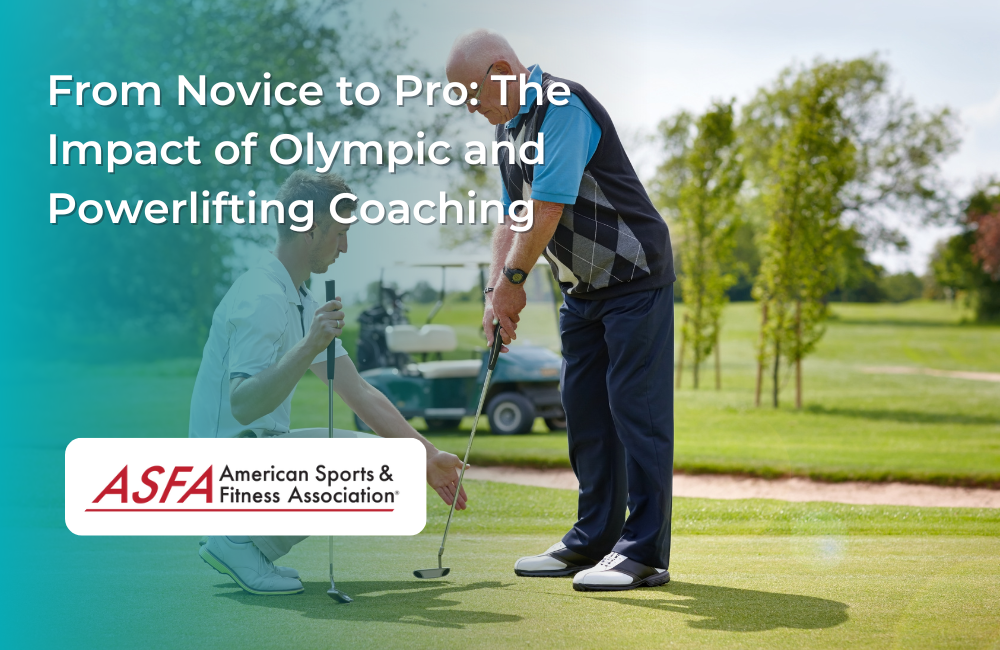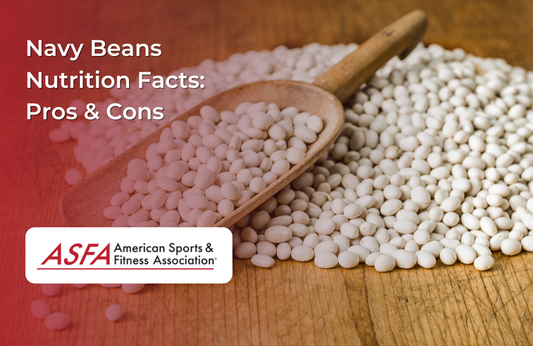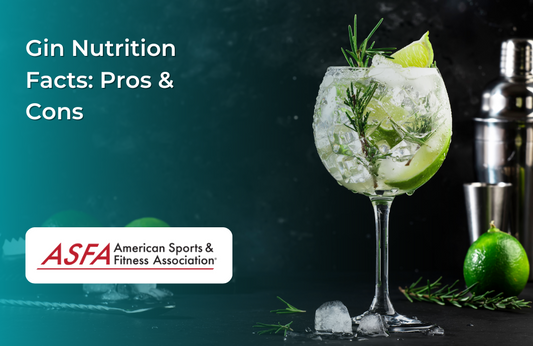For a long time, I was a novice lifter. In fact, I was so bad at lifting that I had to change my name from “the novice lifter” to “the trained athlete who happens to still be a novice lifter.” But you know what? That's okay. It's not about being the best at something—it's about finding things that you like and doing them very well. In this article, we're going to talk about how Olympic lifting and powerlifting coaches have helped me move from a novice lifter who couldn't even do kipping pull-ups on rings to someone who can do them consistently (and unassisted).
Generalized fitness
Generalized fitness is important for many reasons. It allows you to perform at a higher level in your sport and also helps prevent injury.
For example, if you are an Olympic lifter who can squat 500 pounds but cannot do a pull-up or run fast enough to chase down the guys who stole your wallet, then you need more generalized training in order to be prepared for any situation that may arise during competition or when training at home.
There are many ways of developing general fitness including weightlifting technique, running technique, and bodyweight exercises such as push-ups and sit-ups/crunches (which are similar). These types of exercises help develop strength throughout the entire body so that there aren't any weak links when performing movements like squats or deadlifts which require both lower back strength along with quadriceps development on top of other things!
Olympic lifting technique
- Learn to squat and deadlift.
- Do them correctly
- Learn to snatch and clean correctly
- Practice the Olympic lifts (the snatch, clean & jerk) regularly with an experienced coach or lifter who can guide you through your progressions in a safe environment, giving feedback on form and technique as needed while minimizing the risk of injury while still allowing for improvement over time -- this means finding someone who has a good understanding of how these movements should look when done right!
- Once you have mastered the hang positions for each lift (front squatting position/high-hang pull) try adding weight gradually until it becomes challenging enough for you to focus on maintaining proper technique rather than just getting up from the floor with whatever weight happens to be on your barbell at any given moment; if at any point during this process, there is a significant deviation from the proper form then stop immediately until further notice!
Powerlifting technique
Powerlifting is a strength sport that consists of three attempts at maximal weight on three lifts: squat, bench press, and deadlift. In powerlifting, there are strict rules regarding the technique and execution of the lifts. The goal of any good coach is to teach safe, effective techniques for each movement so that you can maximize your potential as an athlete.
Powerlifting is a full-body workout with emphasis being placed on core activation throughout each rep or set (repetitions). A good coach will teach you how to use your whole body when performing each lift safely and effectively so that you build muscle mass more efficiently than if you were doing isolation exercises such as bicep curls or tricep extensions alone at home without guidance from an expert who knows what they're doing!
Overhead mobility and stability
The overhead position is one of the most common positions for Olympic weightlifters and powerlifters. It's also an important part of many sports, including throwing events like javelin or shot put.
The first step toward improving your ability to hold this position is being able to achieve it comfortably at all times. If you have trouble getting into an overhead squat with good form or maintaining that position for any amount of time, work on increasing your hip mobility until it becomes easier for you to get into a good position from scratch. You can do this by practicing bodyweight squats and lunges while focusing on keeping a neutral spine; once these become comfortable movements, add in some light barbell work using no more than 20% of what would be considered "max" weight (for example: if you can squat 200 pounds without issue then use 40 pounds). Once those movements become second nature again then gradually increase the load until full range lifts can be performed without issue as well!
Takeaway:
The takeaway from this article is that Olympic and powerlifting coaching can help you live a healthier life. Strength training is important for everyone, but especially for those who want to live happier lives. If you haven't been doing any strength training yet, now is the time to start!
You can do these exercises by weightlifting or by doing bodyweight exercises like push-ups and pull-ups. Either way, these activities will help keep your heart healthy and reduce your risk of developing certain diseases related to aging such as osteoporosis (brittle bones) or heart disease.
Conclusion
The Olympic and powerlifting sports have a lot to offer. They're great ways to get in shape and improve your overall strength, but they also require specific training regimens that you might not be able to do on your own. If you're interested in getting involved with one of these sports or just want some guidance on how best to incorporate them into your workout routine, it may be time for you to seek out an experienced coach who can help guide them through this process.




